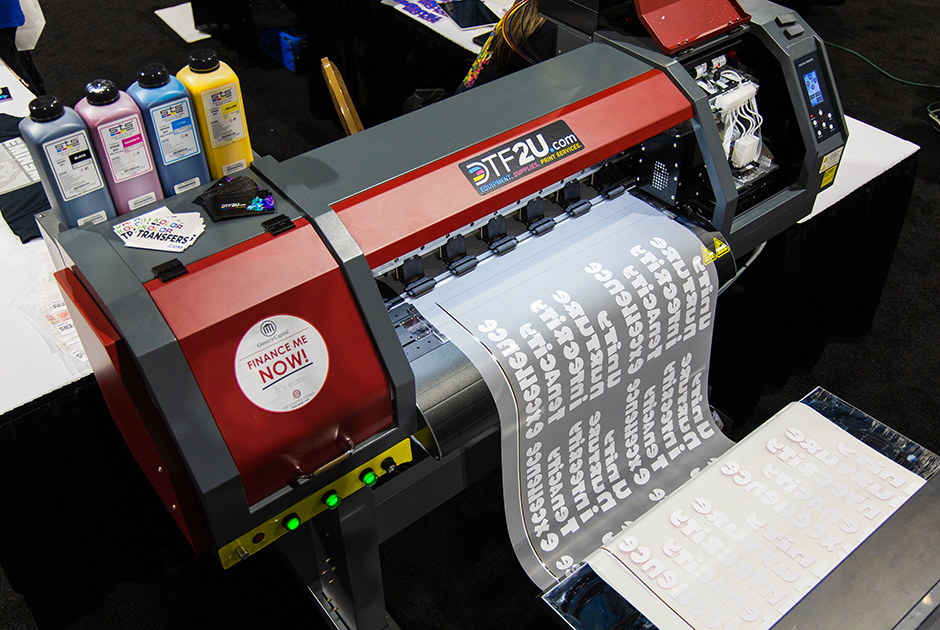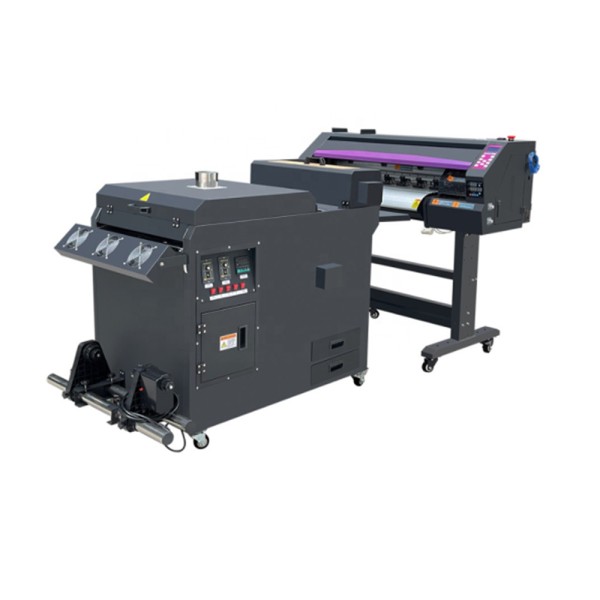DTF Printing Demystified: Whatever You Required to Find Out About Direct-to-Film
DTF Printing Demystified: Whatever You Required to Find Out About Direct-to-Film
Blog Article
Mastering DTF Printing: Tips and Tricks for Achieving Vibrant and Long Lasting Prints
In the world of fabric printing, achieving sturdy and dynamic prints is a desirable ability that can elevate the top quality of your outcome. From picking the best products to tweak print settings and perfecting post-printing completing strategies, there are various factors that can affect the result of your prints.

DTF Printing Essentials
For those brand-new to the globe of fabric printing, understanding the fundamentals of DTF printing is necessary to mastering this ingenious method. Straight to Movie (DTF) printing is a modern-day approach that includes transferring layouts from an unique film onto numerous fabrics making use of a warm press. Unlike conventional methods like display printing, DTF provides advantages such as vivid colors, intricate detailing, and the capacity to publish on diverse products like cotton, polyester, and blends.
The process starts by printing the layout on a special DTF film using a suitable printer with CMYK or CMYKW ink sets. As soon as the style is printed, it is after that cured with a warm press to create a resilient and long-lasting print. DTF printing is recognized for its ability to duplicate complex layouts with high precision and shade precision, making it a prominent choice for services looking to produce custom apparel, advertising products, and extra.
Choosing the Right Products

Equally important is the selection of the adhesive powder. The adhesive powder acts as a bonding agent in between the published layout and the material, so it needs to have strong bond properties to guarantee a resilient and lasting transfer. Different textiles might need different sorts of adhesive powders, so it is vital to match the powder to the material type for optimal outcomes - DTF Printing. By meticulously picking the ideal materials for DTF printing, printers can enhance the top quality, vibrancy, and longevity of their prints.
Maximizing Print Setups
When aiming to attain the very best cause DTF printing, thorough interest to maximizing print setups is important for guaranteeing specific and top notch transfers onto textiles. When optimizing print setups is the resolution, one key element to take into consideration. Higher resolutions commonly cause sharper and much more thorough prints, enhancing the general quality of the transfer. Furthermore, readjusting the ink thickness can help guarantee and attain vibrant colors that the style attracts attention on the fabric.
While boosting the speed can improve performance, it may jeopardize the last print's clearness and color saturation. Experimenting with different speeds and observing the results can aid figure out the ideal setting for each print job.
Furthermore, fine-tuning shade accounts and making sure appropriate color management are vital for achieving constant and accurate shades throughout different prints. By adjusting shade settings and accounts, printers can lessen color deviations and generate uniform results, boosting the general print quality and consumer contentment.
Preparing Art Work for DTF Printing
To guarantee optimum results in DTF printing, meticulous focus to detail is crucial when preparing artwork for transfer onto textiles. Begin by picking high-resolution images to keep clarity and intensity in the final print. Vector graphics are favored as they can be easily scaled without shedding quality. Convert the art work to CMYK color setting to ensure that the shades convert precisely from display to print. Adjust the shade degrees and comparison as needed to improve the vibrancy of the layout. When adding message to the artwork, select typefaces that are clear and suitable for the designated dimension. Remember to mirror the final layout before printing to make certain that it moves correctly onto the garment. Furthermore, take into consideration the fabric type and shade when picking the artwork, as these aspects can influence the final find more info look. By complying with these steps and paying close interest to the information, you can prepare art work that is optimized for lively and sturdy DTF prints.
Post-Printing Finishing Strategies
Applying reliable post-printing completing methods is essential to enhancing the durability and aesthetic charm of DTF prints on textiles. Once the printing procedure is total, applying warmth to the published design is essential.
After his explanation warmth pushing, peeling off the PET movie meticulously is an essential action. This process needs to be done slowly and steadily to avoid any kind of damage to the print. Once the movie is eliminated, the print may require extra curing time to better set the ink into the textile. This step aids improve the washability and durability of the print, guaranteeing it can endure numerous laundry cycles without fading or fracturing.
In addition, trimming any type of excess movie around the layout can give the final print a tidy and professional appearance. Making the effort to effectively finish DTF prints post-printing can substantially influence the overall high quality and long life of the fabric design.

Verdict
To conclude, grasping DTF printing calls for a comprehensive understanding of the fundamentals, selecting suitable materials, enhancing print setups, preparing art work effectively, and utilizing post-printing completing methods. By adhering to these pointers and tricks, one can accomplish sturdy and vivid prints that meet their wanted quality standards. Consistent practice and attention to detail are important in achieving successful outcomes in DTF printing.
From selecting the ideal materials to fine-tuning print settings and perfecting post-printing finishing strategies, there are countless variables that can affect the end result of your prints. Unlike standard techniques like display printing, DTF provides advantages such as vibrant shades, detailed outlining, and the capability to print on diverse products like cotton, polyester, and blends.
When the design is printed, it is after that treated with a warm see post press to create a durable and long lasting print.When intending to achieve the finest results in DTF printing, meticulous focus to enhancing print settings is crucial for ensuring top notch and accurate transfers onto fabrics.In conclusion, mastering DTF printing calls for a complete understanding of the fundamentals, picking proper materials, maximizing print settings, preparing art work efficiently, and utilizing post-printing finishing methods.
Report this page